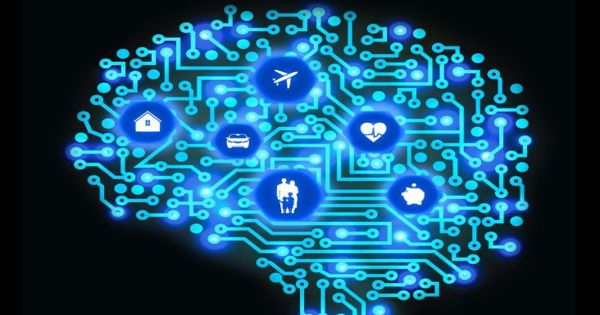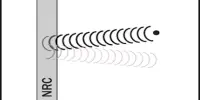Automation can be used in almost every sector, from transport and services to safety and facility activities. However, production is undeniably the most prevalent sector. With several activities needed becoming labor intensive or extremely repetitive, the invention of digital machines has enhanced productivity and increased quality control.
Robotic Process Automation (RPA) is a modern wave of future technology. Robotic Process Automation is one of the most innovative developments in the fields of computer science, electronics and communications, mechanical engineering, and information technology. It’s a mix of hardware and software, networking, and automation to make things quite easy.
Additive manufacturing (AM) machinery has advanced over time, however, the necessary software for new machines often lags behind. To help mitigate this issue, Penn State researchers designed an automated process planning software to save money, time, and design resources.
Newer, five-axis machines are programmed to travel linearly along the x, y, and z plane and rotate between planes to enable the operator to adjust the direction of the target. These machines are an improvement over standard three-axis machines that lack the rotational capability and require support systems. Such a computer will theoretically lead to significant cost and time savings; however, the five-axis AM lacks the same architecture and automation as the three-axis machine. This is where the development of planning tools is becoming important.
“Five-axis AM is a young field, and the program is not yet there,” said Xinyi Xiao, a summer 2020 Penn State PhD recipient in Industrial Engineering, now Assistant Professor of Mechanical and Manufacturing Engineering at Miami University in Ohio. “Essentially, we have built a technique to automatically map designs from CAD-computer-aided design-software to AM to further cut down needless measures. You save costs by taking less time to create the component and also by using less components from three-axis support systems.”

Xiao carried out this dissertation as part of her Ph.D. program at the Department of Industrial and Manufacturing Engineering of the Penn State of Harold and Inge Marcus, under the supervision of Sanjay Joshi, Professor of Industrial Engineering. Their research has been published in the Journal of Additive Manufacturing. “We want to simplify the decision-making process for projects to ‘press the additive manufacturing button,'” Joshi said. “The concept of the app is to make the five-axis AM completely automated without the need for manual labor or product redesign. Xinyi came to me when she wanted advice or had doubts, but at the end of the day she kept the secret.”
The algorithm of the program dynamically defines the divisions and the directions of the parts. From this, the program determines when each part will be written, and in which direction within the printing series. Via the decomposition process, the geometry of the component boils down to individual bits, each of which can be printed without supporting structures. As each piece is rendered in order, the computer will rotate around its axis to redirect the component and begin printing. Xiao likened this to dealing with Lego building blocks.
The algorithm will help remind the designer of the component production process schedule. It enables artists to make changes or change the template before publishing, which can have a beneficial impact on costs. The algorithm will also advise the manufacturer of the feasibility of creating a component using support-free manufacturing.
“You don’t even need the experience of the customer for an algorithm because it’s in the app,” Joshi said. “Automation will help you carry out a lot of different situations really easily before you build something on your computer.”
Xiao said that she plans to pursue this study as some of the main applications of this technology are aerospace and automotive. “Large metal parts, using conventional additive manufacturing, will take days and waste a lot of materials by using support systems,” Xiao said. “Additive manufacturing is very powerful, and it can make a lot of things due to its flexibility; however, it also has its disadvantages. There is much much work to be done.”















